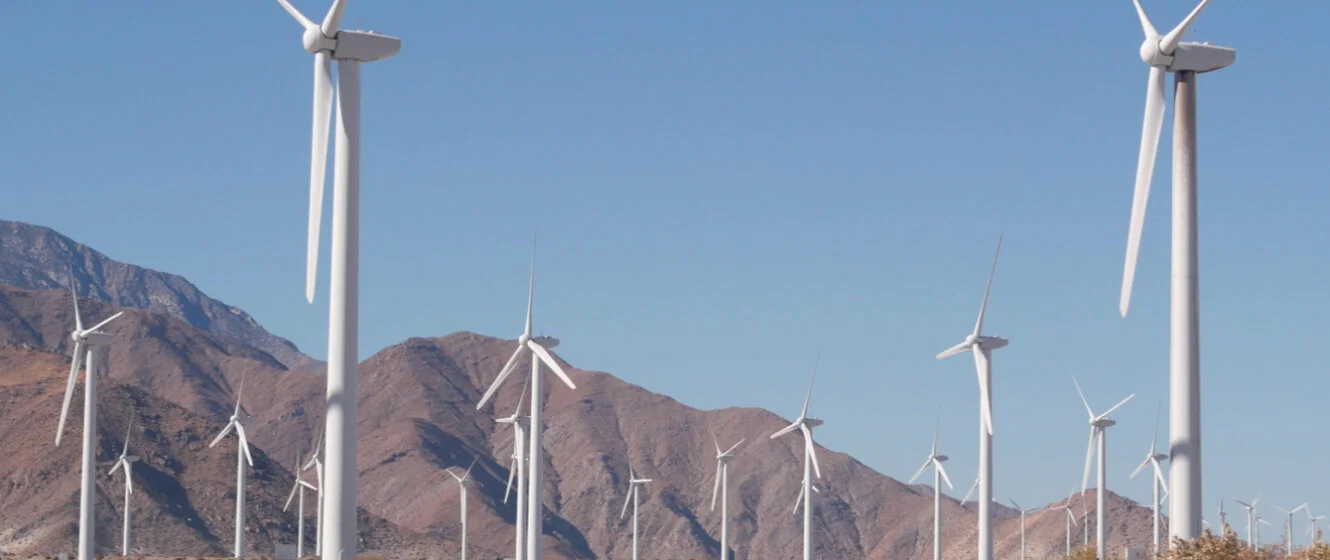The IRA, passed by the US Senate in August, has been billed as the most significant US climate change legislation ever.
The Act spans multiple spending areas, but the broad sweep is to raise money from two areas: first, a minimum 15% corporation tax on large companies and additional tax collection enforcement; and second, healthcare savings via reductions in the price paid by government to pharmaceutical companies for prescription drugs.
On the spending side, money will primarily be directed to the energy transition — $386 billion – with spending in some areas of healthcare also increased by a total of $98 billion. When all added up, the IRA should add significant impetus to the US energy transition and result in a deficit reduction of $305 billion through 2031, according to the Committee for a Responsible Federal Budget.
Tax credits provide mainstay support
The primary focus of the spending plans are tax credits designed both to support consumer demand for clean technologies on the one hand and provide a boost to renewable energy generators and equipment manufacturers on the other.
For renewable energy, the Investment Tax Credit (ITC) provides a credit towards project development costs, while the Production Tax Credit (PTC) provides a credit for an initial period on electricity generation once a project is up and running. The renewal and non-renewal of these tax measures over many years have been pivotal to the expansion of renewable energy in the US, notably wind and solar power.
The ITC is extended for solar, geothermal, biogas, fuel cells, waste energy recovery, combined heat and power and microwind for projects that start construction before January 1, 2025. The PTC is renewed for solar and extended for wind and a variety of other clean energy technologies, again for projects that start construction before January 1, 2025.
Domestic content to earn extra credits
10% bonuses can be earned for the use of brownfield sites, location in a low-income area or on Native American land. A 10% bonus also accrues if 40% of a project’s iron, steel or manufactured components are made in the US. Offshore wind projects qualify for this bonus at a lower threshold of 20% domestic content.
Electric vehicles, hydrogen vehicles, alternative fuel refuelling stations, nuclear power, energy efficiency, biofuels, carbon sequestration, and clean hydrogen are all eligible for additional tax credits and deductions. Hydrogen projects may attract a production credit of up to $3.00/kg.
Further up the supply chain, the Act provides $60 billion for the domestic manufacturing of clean energy and transportation technologies, half of which will be targeted at the production of solar panels, wind turbines, batteries and critical mineral processing.
Consumers incentivised to buy green
On the demand side, US consumers can take advantage of a $7,500 tax credit for new zero emissions vehicles and a $4,000 tax credit for low and middle income earners to buy used clean vehicles. Tax credits, rebate and grants will be available for home investments in energy efficiency, such as heat pumps, rooftop solar and other appliances.
40% reduction in GHG emissions
The IRA mandates a methane emissions reduction program for natural gas production and distribution and provides tax credits and grants for clean fuels and clean commercial vehicles. Federal agencies, in particular, will receive funds to reduce their carbon footprint. The US Postal Service, for example, will get $3 billion to purchase zero emissions vehicles.
Other major programmes include the reduction of air pollution at US ports, $27 billion for a ‘technology accelerator’ to support clean energy technologies, and $30 billion in grants and loans to states and electric utilities for clean electricity generation.
Overall, the US government believes the IRA will reduce the country’s GHG emissions by around 40% by 2030 from 2005 levels, making a major contribution to meeting the federal government’s overall goal of a 50-52% reduction in GHG gases from 2005 levels by 2030.
